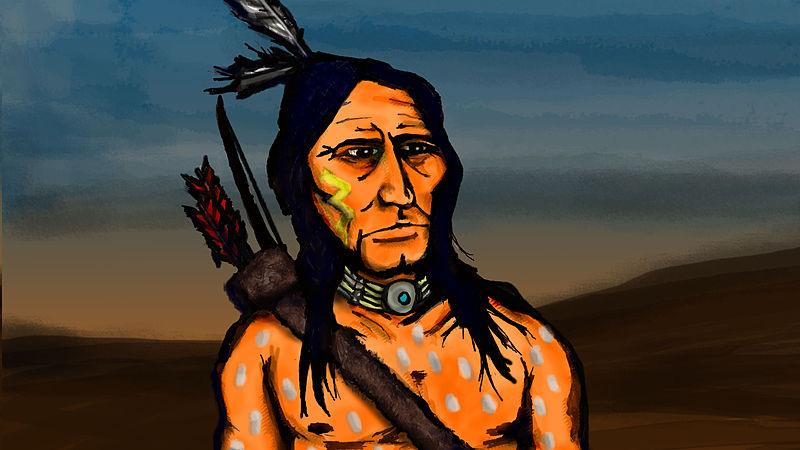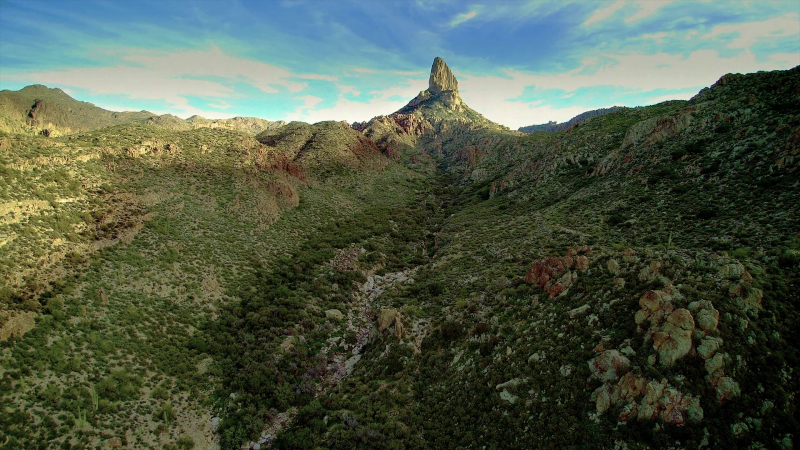Crazy Horse’s great battles were prompted by America’s lust for gold
Due to its gold-hungry nature, the U.S. government breached many of the treaties it made with Native Americans. John Bozeman, an adventurer, forged a path through Sioux, Cheyenne, and Arapahoe territory in 1863 to reach Montana's gold riches, which were forbidden to white people by an 1851 treaty. Tension increased. More than 200 peaceful Cheyenne were killed by Colorado militiamen in 1864, the bulk of whom were women and children. In the years that followed, Native American tribes started pursuing retribution from white soldiers who broke treaties.
About 80 troops from Wyoming's Fort Phil Kearny, a sizable garrison established to safeguard white emigrants and gold seekers, were commanded by Captain William Fetterman on December 21, 1866. Along their path, Crazy Horse placed ruses. Following, Fetterman's troops charged 1,000 warriors who were hiding and grabbed them. The American soldiers were all slain. The Lakota referred to it as the Battle of the Hundred-in-the-Hands; the Americans termed it the Fetterman Massacre.












